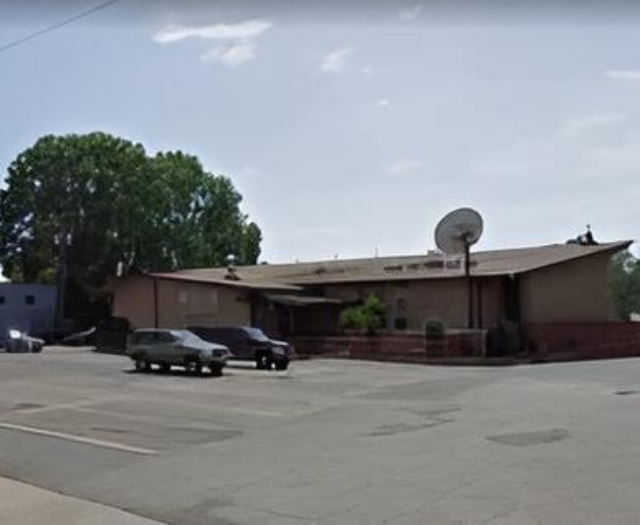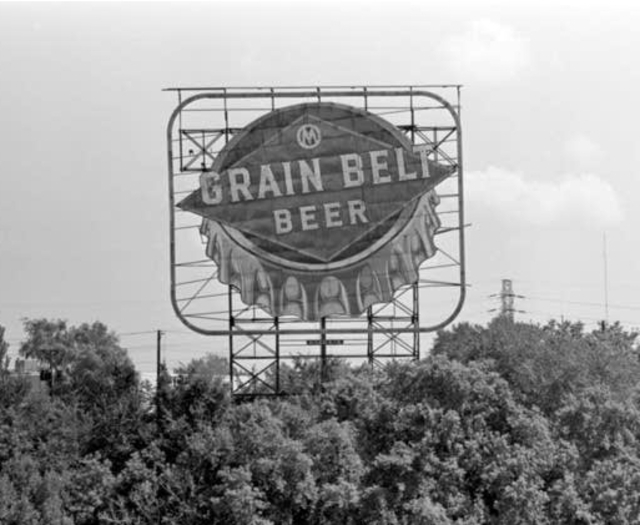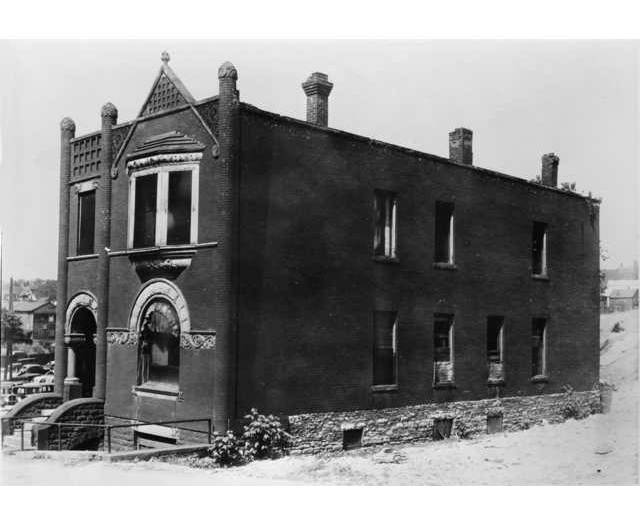St. Paul's Downtown Ball Park (aka the "Pillbox") 1903 - 1909

St. Paul's Downtown Ballpark, also known as "The Pillbox," was one of the city’s earliest professional ballparks. It served as the home field for the St. Paul Saints from 1903 through 1909. Located two blocks southeast of the new State Capitol, the ballpark occupied a city block bounded by Robert Street to the northeast (first base side), 12th Street to the southeast (third base), Minnesota Street to the southwest (left field), and 13th Street (now Columbus Avenue) to the northwest (right field).
When Charles Comiskey's St. Paul Saints, a Western League mainstay from 1895-1899, left for Chicago to become the White Stockings (later shortened to White Sox) in the newly formed American League, it created a void in local professional sports. In 1901, clothing merchant George Lennon revived the Saints franchise in St. Paul, this time as a member of the American Association. The team initially played its games at Lexington Park, situated southwest of the intersection of University and Lexington Avenues.
Lennon felt that location was problematic. While Lexington Park was great for baseball and could accommodate a substantial crowd, it was located too far from downtown to be a suitable home field for the team. He was losing money due to poor fan attendance at Lexington Park and couldn't justify the increasing costs of fielding a winning team if the Saints remained there.
American Association officials shared Lennon's concerns about Lexington Park. They insisted on relocating the team to a downtown ballpark within walking distance of area business districts, believing this would improve the Saints' financial success. The ultimatum was clear: if Lennon failed to secure a downtown site, he would have to relinquish ownership, and the team would be moved to Chicago.
At the close of the 1902 season, Lennon began an effort to build a suitable ballpark in downtown St. Paul. However, his efforts were nixed by the city council, who refused to allow him to build a frame structure within the fire limits. The American Association, citing the previous season's attendance at Lexington Park and the team's inability to procure a park in downtown St. Paul, began the push to move the Saints. Lennon, for his part, was adamant that he wouldn't own a team outside of St. Paul.
In February 1903, Saints officials announced a second potential ballpark site in downtown St. Paul on a city block bounded by Minnesota, Robert, Twelfth Streets, and Summit Avenue. While the team met with city leaders to request building code variances, home and business owners who surrounded the location protested. They believed a new ballpark would be a blight on the neighborhood and inevitably force down their property values.
To appease their potential neighbors, two key compromises were made: no Sunday games would be played, and no advertisements would be permitted on the surrounding fence. On May 8, 1903, mayor Robert Smith signed a resolution approving the downtown ballpark. However, surrounding property owners filed a building injunction against the park. In June, the court dismissed this injunction, clearing the way for construction. With legal hurdles overcome, construction moved forward in earnest.
While Lexington Park held 10,000 fans, the much smaller downtown park only seated between 2,000 and 3,000. Situated on a 330 ft x 250 ft block, the field was only 210 ft from home plate to the right foul pole — and 280 ft to the left field corner. A ball hit over the right field fence was considered a ground-rule double. There were poles that delineated where balls hit over the fence would be a home run instead of a double. Triples were virtually non-existent.
Fans in the grandstand and bleachers, who sat no more than 10 or 20 feet from the base lines, were protected by netting. Home plate was so close to the grandstand that it couldn't be seen clearly by everyone attending. Because of the close quarters, players catching foul balls was nearly impossible. Due to its small size and shape, the ballpark was colloquially known as the "Pillbox."
The ballpark opened to the public on July 20, 1903. In the first game, the Saints beat the Minneapolis Millers, 11 to 2 in front of more than 4,500 people — well beyond capacity. The park remained the home field for the Saints, save for Sunday games, through the 1909 season. Only one Sunday game was played there. In that May 12, 1907 game, "the most orderly crowd that ever attended a baseball game in this city" came out to see the Saints beat Indianapolis 6-5.
Following the 1909 season, the ballpark was closed and the land sold to the St. Paul Bread Company for $50,000.
This work is licensed under Creative Commons BY-NC 4.0.
Bibliography
-
"Lennon Decides to Hold His Team." The Saint Paul Globe, February 18, 1903, 5.
-
Project Ballpark. LINK.
-
"Baseball in Minnesota: The Definitive History." Minnesota Historical Society, 2006.
-
"Downtown Park (St. Paul, MN) – Society for American Baseball Research." Society for American Baseball Research. Last modified November 28, 2022. LINK.
-
"The Places We've Called Home - With CHS Field." St. Paul Pioneer Press, May 17, 2015, A7.
 Minnesota Then
Minnesota Then


